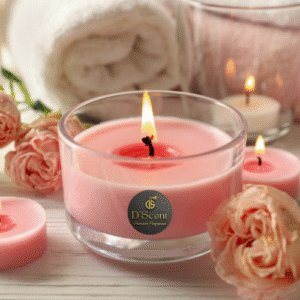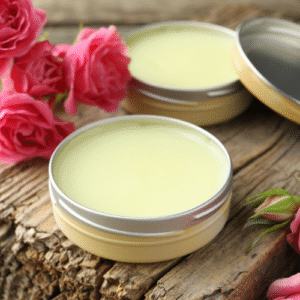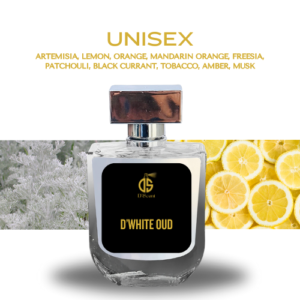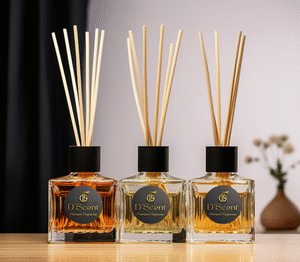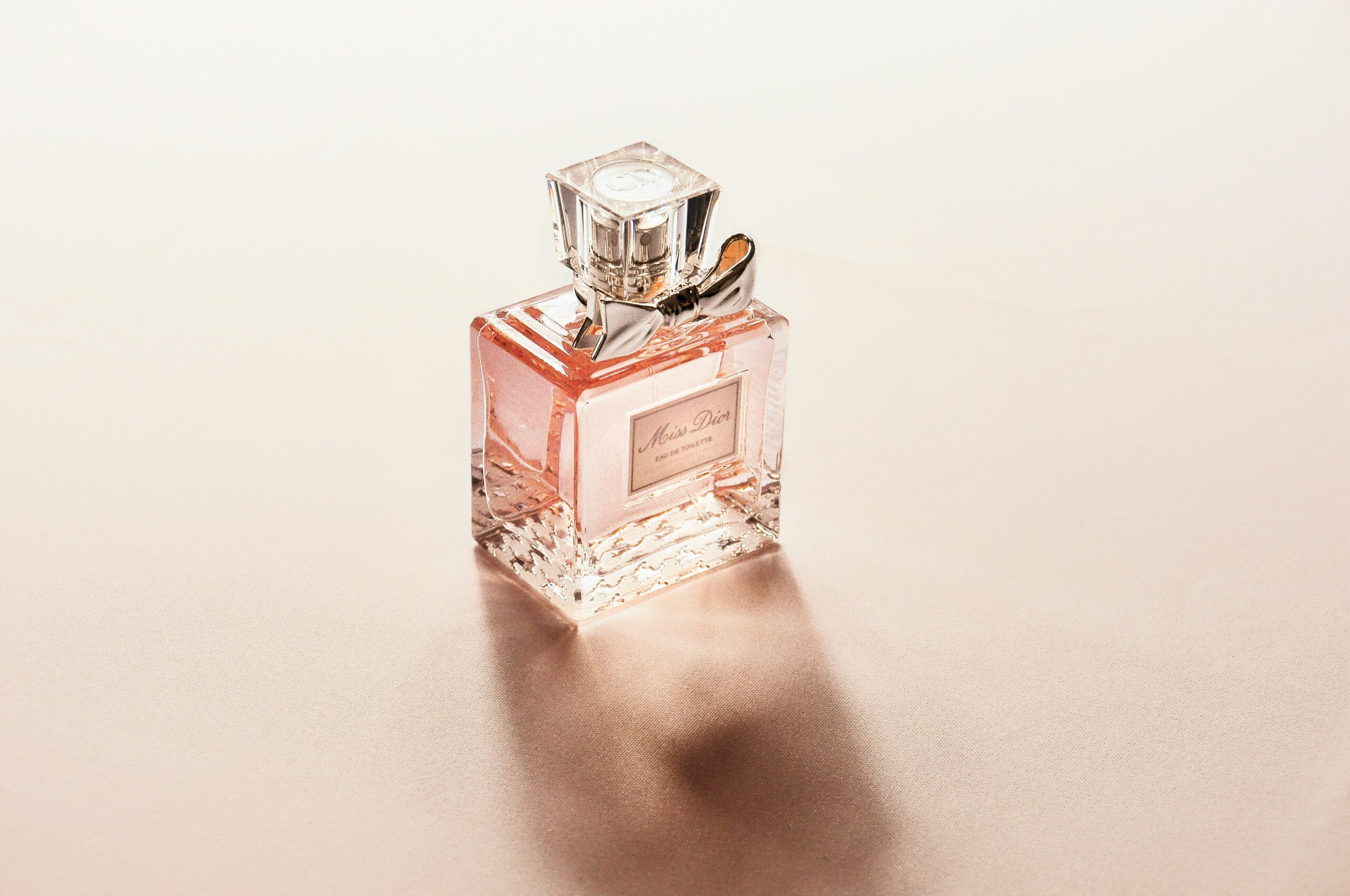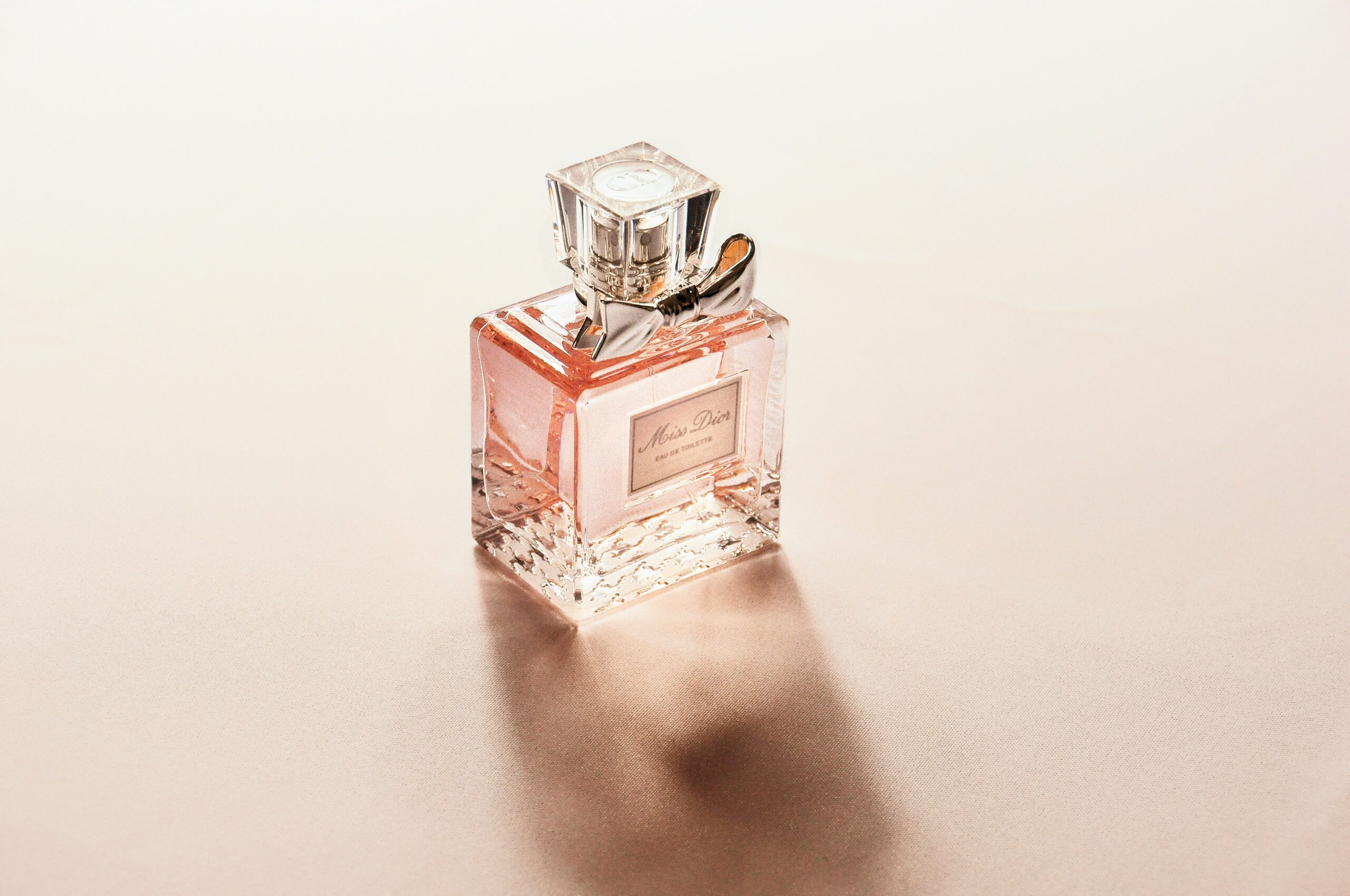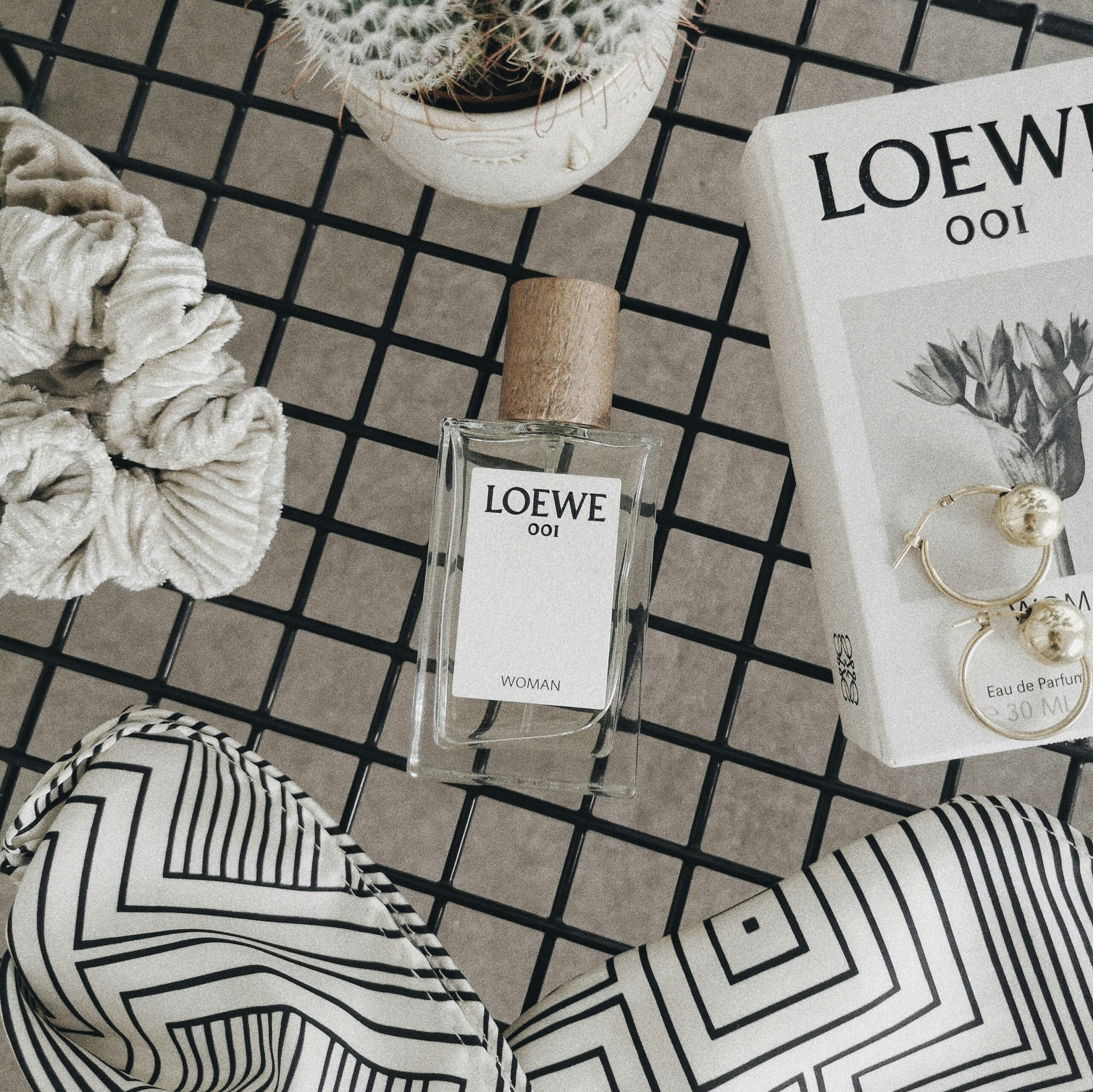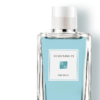Understanding Fragrance Basics
Fragrances play an essential role in personal expression, and understanding the different types available can significantly influence one’s choice. The primary categories of fragrance are eau de parfum, eau de toilette, and cologne. Each type presents varying concentrations of fragrance oils, which directly impacts scent strength and longevity.
Eau de parfum typically contains a higher concentration of fragrance oils, ranging from 15% to 20%. This higher concentration means that eau de parfum often provides a rich, long-lasting scent that can endure for several hours. Ideal for evening wear or special occasions, this type of fragrance is suitable for those who prefer a more intense aroma that gradually unfolds on the skin.
On the other hand, eau de toilette has a lower concentration, generally between 5% to 15%. As a result, it offers a lighter, fresher scent that may need to be reapplied throughout the day. Eau de toilette is often preferred for daytime wear or casual settings, as it provides a subtle fragrance that is less overwhelming for both the wearer and those in close proximity.
Cologne, which is typically characterized by a concentration of around 2% to 5%, represents the lightest option in the fragrance family. Cologne is often associated with a more casual and refreshing scent experience. It is commonly worn during warm weather or after athletic activities, making it an excellent choice for individuals seeking an invigorating burst of aroma without a strong or lingering presence.
Ultimately, understanding these fragrance basics can help individuals make informed decisions based on their preferences and the occasion. Choosing the right type of fragrance is essential to ensure a pleasant experience and to complement one’s skin type effectively.
The Role of Skin Type in Perfume Selection
When considering how to choose the right perfume, one cannot overlook the impact of skin type on fragrance selection. Each individual possesses a unique skin chemistry, which significantly affects how a scent develops and lasts. Understanding the nuances of your skin type can greatly enhance your fragrance experience and aid in selecting a perfume that aligns with your personal style and preferences.
Oily skin tends to amplify scents, allowing fragrances to emanate more powerfully and for longer durations. This characteristic is attributed to the natural oils that retain and enhance the fragrance molecules. Individuals with oily skin may find that lighter, fresh notes such as citrus and aquatic fragrances work well, as they can stand out and remain pleasant throughout the day. Conversely, heavier, more intense fragrances might become overwhelming on this skin type, potentially leading to an overpowering scent profile.
On the other hand, dry skin can absorb fragrances more quickly, leading to potential issues with longevity. Often, those with dry skin might find that perfumes fade faster and require more frequent reapplication. To counteract this, it is advisable to opt for richer, more concentrated scents that contain notes such as vanilla, amber, or sandalwood. These warmer fragrances tend to linger longer on dry skin and offer a more robust scent experience that can be appreciated throughout the day.
Combination skin presents an interesting case, as areas of the skin can differ in oiliness and dryness. This duality allows individuals to experiment with a variety of fragrances, but caution must be exercised to ensure that scents do not clash between different skin areas. Ultimately, recognizing how your unique skin type interacts with various fragrance notes will prove essential in making an informed and satisfying selection when exploring perfumes. By selecting scents that align with your skin condition, you can enjoy a harmonious and long-lasting fragrance experience.
Identifying Your Skin Type
Understanding your skin type is a crucial first step in selecting the right perfume. Different skin types can react in various ways to the ingredients in fragrances, which can influence the scent’s longevity and overall appeal. To accurately identify your skin type, it is advisable to follow a systematic approach.
Start by assessing your skin’s moisture levels. After a gentle cleansing, wait for about an hour and then observe your skin’s condition. If it feels tight and appears flaky, you likely have dry skin. Conversely, if your skin appears shiny, especially in the T-zone—forehead, nose, and chin—you probably have oily skin. Normal skin will show a balanced appearance with neither excessive oiliness nor dryness. Combination skin displays characteristics of both dry and oily skin, highlighting the need for personalized fragrance choices.
Next, pay attention to how your skin reacts to different skincare products. If you notice irritation, redness, or breakouts after using certain creams or lotions, this could indicate sensitive skin. In contrast, resilient skin is less reactive and can tolerate a wider range of products. Identifying these reactions can provide insight into what types of fragrances may be most suitable for you.
Lastly, consider consulting with a dermatologist. A professional can conduct skin assessments and tests to determine your skin type with greater accuracy. This step is especially helpful if you’re unsure after self-assessment or have experienced varying skin issues. A well-informed approach will enable you to make better choices when selecting perfumes, ensuring that the scent complements your unique skin chemistry and enhances your overall fragrance experience.
Fragrance Families and Notes
Understanding the different fragrance families is crucial when selecting a perfume that not only enhances your scent but also complements your skin type. Fragrances are commonly categorized into five main families: floral, fruity, oriental, woody, and fresh. Each family possesses unique characteristics, catering to various preferences and skin chemistry.
Floral fragrances, often recognized for their fragrant blooms, evoke romantic and feminine qualities. These scents typically work well on individuals with oily skin, as the natural oils can amplify the sweet aroma, creating a delightful synergy. Conversely, fruity fragrances, characterized by their lively and vibrant notes, are ideal for those with dry skin; their sweetness can add warmth and richness that may be missing from a parched complexion.
Oriental fragrances, which combine spicy, warm, and exotic elements, tend to be intense and sensual. These deep scents can be potent on any skin type, providing a striking contrast to lighter notes. However, they are most effective when applied sparingly, allowing their complexity to unfold without overwhelming. Woody fragrances, on the other hand, embody earthy and robust characteristics. These scents generally resonate well with individuals who have mature skin types, as they add depth and sophistication to their overall scent profile.
Lastly, fresh fragrances, often infused with citrus and aquatic notes, evoke a sense of cleanliness and invigoration. These fragrances are typically suited for younger skin and those who prefer a crisp, light scent. Fragrance notes can be categorized into three layers: top, middle, and base. Top notes are the initial scents perceived upon application, middle notes emerge as the top notes fade, and base notes provide lasting depth. Familiarizing yourself with these notes will assist in selecting a fragrance that harmonizes with your personal preferences and skin chemistry.
Testing Perfumes: How to Do It Right
Selecting the right perfume for your skin type requires an understanding of how fragrances interact with your body chemistry. Testing perfumes correctly is crucial to ensure that the scent not only smells delightful in the bottle but also complements your unique skin profile.
One effective method of testing perfumes is by utilizing test strips. Begin by spraying a small amount of fragrance onto the strip, allowing it to settle for a few seconds. This preliminary step helps you determine the initial scent profile without committing to applying the perfume directly to your skin. Note that the alcohol content can sometimes mask the true scent, so it is advisable to allow the strip to dry before making a judgment.
However, the most reliable way to evaluate a perfume is to apply it directly to your skin, specifically on pulse points such as your wrists, neck, or behind the ears. These areas emit heat, helping to diffuse the fragrance and enhance its projection. When applying, use a gentle spray from a distance; this ensures an even distribution without overwhelming your senses. Remember not to rub the area after application, as this action can alter the fragrance’s scent by breaking down its molecular structure.
Once applied, give the perfume ample time to develop. Fragrances evolve through different notes—top, middle, and base—over time. The initial scent may differ significantly from the lingering aroma. Wait for at least an hour to gauge how the fragrance settles on your skin and to assess both its longevity and sillage, which refers to the scent trail left behind. During this period, take notes on how the fragrance changes and how it makes you feel. This thoughtful process will lend insight into how suitable a particular perfume is for your personal taste and your skin type.
Seasonal Considerations in Perfume Selection
The impact of seasonal changes on fragrance preferences is a crucial aspect when selecting the right perfume for your skin type. As the weather shifts, so too do our scent choices, largely influenced by temperature, humidity, and the overall ambiance of the seasons. Understanding this relationship can enhance one’s olfactory experience and ensure a more suitable choice for each period of the year.
During the warmer months, individuals often gravitate toward lighter, fresher scents. These fragrances typically feature citrus notes, florals, and aquatic elements that evoke a sense of rejuvenation and energy. Their ability to remain vibrant without being overpowering makes them the ideal companion for hotter days. Choosing a fragrance with these characteristics not only complements the brightness of summer but also adapts to the skin’s response to heat, which can intensify deeper scents. The lighter compositions tend to evaporate quickly, providing a refreshing burst rather than lingering heavily.
Conversely, as the temperature drops and winter approaches, deeper and warmer fragrances come to the forefront. Notes such as amber, vanilla, and spices create a cozy and inviting atmosphere, aligning well with the season’s feel. These stronger scents often linger longer on the skin, which is advantageous in cooler climates where fragrances can dissipate quickly due to dry air. Incorporating perfumes with robust, warming tones can enhance overall comfort during the colder months.
Ultimately, recognizing the influence of various seasons on your fragrance choices will enable you to explore different perfumes that harmonize with the environment. Transitioning your scent repertoire with these changes not only elevates your personal style but also reinforces the intimate connection between your chosen perfume and its seasonal context. Adapting your fragrance selections accordingly ensures that you are always in harmony with both your skin type and the world around you.
Common Mistakes When Choosing Perfumes
Selecting the perfect perfume can often be a daunting task, and many individuals fall into common pitfalls that hinder their fragrance journey. One of the most prevalent mistakes is neglecting to consider skin type. Perfumes can react differently on various skin types due to factors such as pH levels, skin moisture, and natural body oils. For instance, fragrances may develop differently on oily skin compared to dry skin, often leading to unsatisfactory results if the wearer is unaware of how to account for these variations.
Another frequent error is relying solely on popular recommendations. While trends and reviews can provide valuable insights, personal preferences, and individual chemistry should play a crucial role in the decision-making process. What works for a friend, celebrity, or influencer may not yield the same results on oneself. It is important to remember that scent is highly subjective; thus, testers in stores or samples can help identify what truly resonates with one’s olfactory senses.
Additionally, testing too many fragrances at once can overwhelm the senses and lead to confusion. The nose can become desensitized after trying multiple scents, making it challenging to discern the subtle notes of each fragrance. To avoid this error, it is advisable to test a limited number of perfumes at a time, allowing for breaks in between to refresh the sense of smell. Furthermore, ensuring a neutral testing environment, free from other scents, can greatly enhance the perfume selection experience.
In navigating the journey of perfume selection, being mindful of these common mistakes will provide the necessary foundation for finding a fragrance that complements one’s skin type and personal style. Avoiding these pitfalls ensures a more satisfying and successful perfume purchase experience.
Longevity and Sillage: What You Need to Know
Understanding the concepts of longevity and sillage is crucial when selecting the right perfume for your skin type. Longevity refers to how long a fragrance remains detectable on the skin, while sillage describes the scent trail left in the air as you move. Together, these factors significantly impact your overall scent experience and satisfaction with a fragrance.
Various elements influence the longevity of a fragrance, including the concentration of perfume oils, the composition of the fragrance itself, and importantly, your individual skin chemistry. Typically, fragrances are available in several concentrations: parfum, eau de parfum, eau de toilette, and eau de cologne, with parfum containing the highest amount of perfume oils. Choosing a higher concentration can increase longevity, making it a beneficial option for those seeking a longer-lasting scent experience.
Skin type also plays a vital role in both longevity and sillage. Oily skin tends to hold fragrances longer due to the natural oils acting as a reservoir for the scent molecules, whereas dry skin might cause the fragrance to dissipate more quickly. Additionally, the temperature of your skin can affect how a fragrance projects. Warmer skin typically diffuses fragrance more readily, enhancing sillage and allowing the scent to trail behind you. On the other hand, cooler skin may result in a more subdued scent, limiting the sillage and overall impact of the fragrance.
Another factor to consider is the environment in which you wear your perfume. Higher humidity levels can amplify a fragrance’s projection, whereas dry environments may cause it to fade faster. Therefore, selecting a scent that aligns with both your skin type and the conditions in which you plan to wear it is essential for achieving desired longevity and sillage. By understanding these concepts, you can make an informed choice when it comes to selecting the right perfume for your skin type.
Conclusion: Finding Your Signature Scent
Choosing the right perfume is an intricate endeavor that necessitates a personalized approach, particularly when considering your unique skin type. Throughout this exploration, we have highlighted the significance of understanding how various fragrance families interact with skin chemistry. From floral and fruity to woody and oriental scents, each category carries its own essence that can evolve depending on the individual. Recognizing your skin type—be it oily, dry, or combination—plays a crucial role in discerning how a fragrance will ultimately manifest on you.
As we examined, it’s essential to test fragrances on your skin before making a commitment. The process of testing allows you to observe how the perfume develops over time, revealing its top, middle, and base notes. This experimentation can be enriching and may lead to surprising discoveries about scents you may not have initially considered. It is advantageous to apply a small amount and revisit it after a few hours to appreciate how the fragrance harmonizes with your skin’s natural oils.
Moreover, environmental factors such as climate and season also influence fragrance perception. Lighter, fresher scents may be more suitable during warmer months, while richer fragrances may resonate better in colder seasons. Ultimately, selecting a perfume is not merely about the scent itself; it is an intimate reflection of your personality and lifestyle. Therefore, remain open to the adventure ahead, allowing yourself the freedom to explore numerous options until you uncover your favored fragrance. In essence, the journey of discovering a signature scent is tailored to you, encouraging you to embrace the art of fragrance with confidence and enthusiasm.


